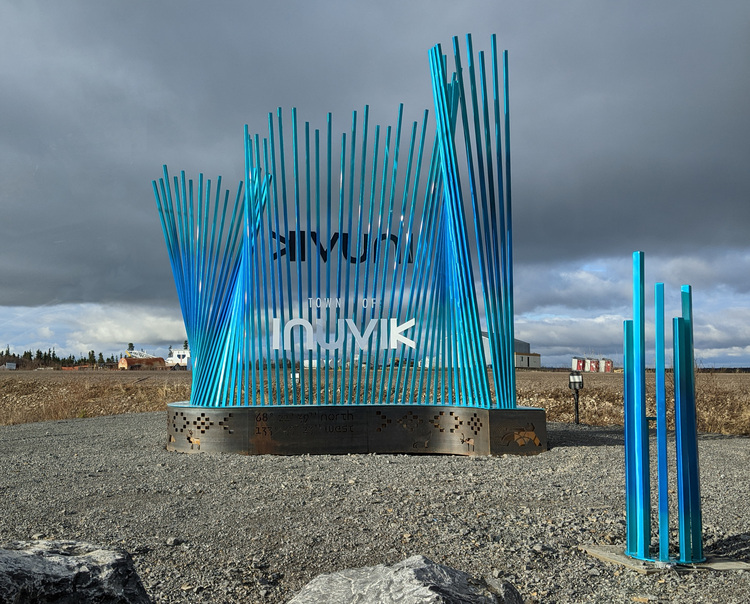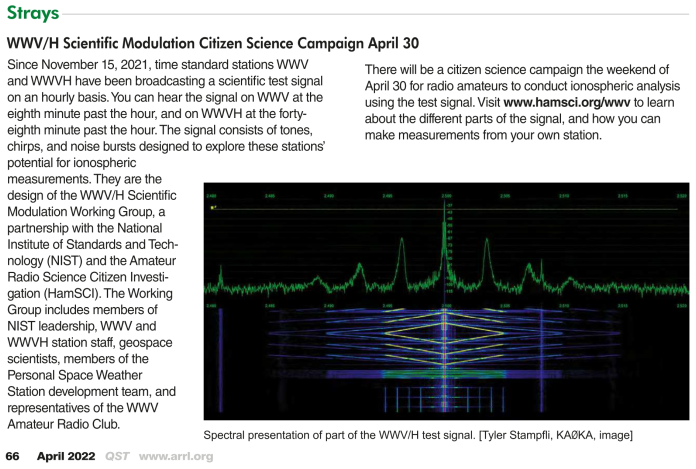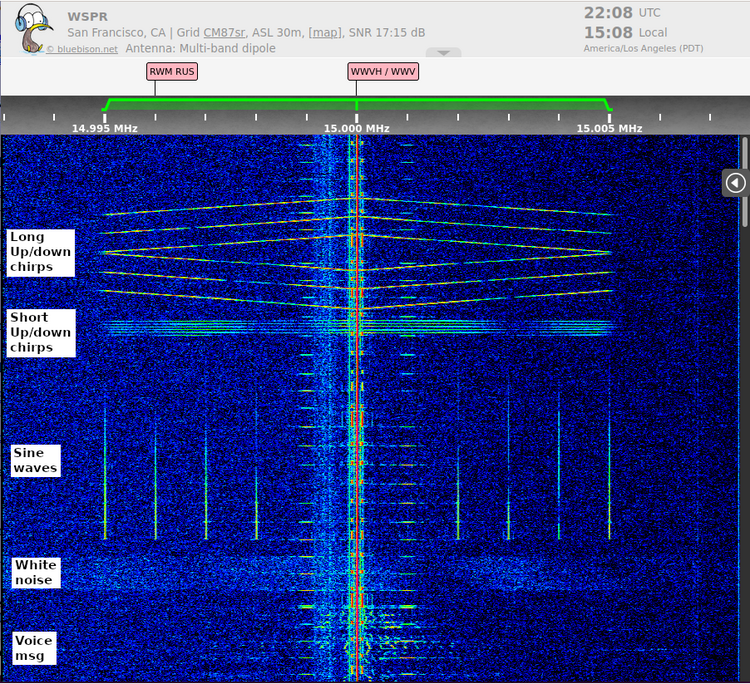I recently set up a Weak Signal Propogation Reporter receiver in the town of Inuvik, NWT. I was there in the beginning of June 2022, just as the world was opening back up from the COVID-19 travel restrictions.
I thought Inuvik would be an interesting place, as it's at 68 degrees North latitude, which is above the Arctic Circle. During the summer, the sun never sets from May 25th to July 19th. In the winter, the sun doesn't rise from Dec 6th to Jan 5th. But the sun does get close enough to the horizon to have civil twilight, where the sun is less than 6 degrees below the horizon, so it's not completely dark all the time in the winter.
From an RF perspective, I thought this would be a really interesting location for several reasons. What happens to HF propagation when the D layer is always present? Would 20 meters be alive all summer long? Conversely, what happens in the winter when it's only the E and F layers?
Hardware
The hardware for this receiver is almost identical ...
Read More →

